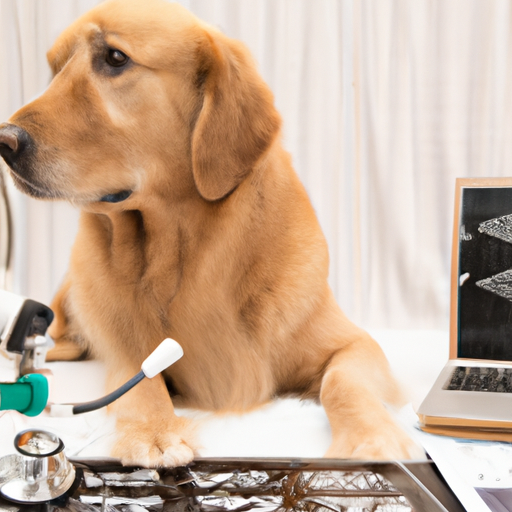As a devoted caregiver to your beloved canine companion, staying informed about their health is paramount. This guide equips you with knowledge on how to test for cancer in dogs, and what steps you can take to ensure their well-being.
1. Understanding the Importance of Regular Check-ups
Routine veterinary exams are your first line of defense in detecting cancer early. These check-ups provide the opportunity for a professional to examine your pet thoroughly and identify any abnormalities swiftly.
- Physical exam: Vets typically conduct a physical examination, checking for any abnormal lumps or swellings, abnormal discharges, or indications of pain.
- Laboratory tests: Blood tests, urine tests, and fecal tests can reveal abnormalities that suggest cancer. These tests are typically part of a general wellness check.
- Imaging: X-rays, ultrasounds, or CT scans can be used to detect tumors or changes in your pet’s internal organs.
2. Recognizing Symptoms
While regular check-ups are important, as a caregiver, you can also play a vital role in spotting potential symptoms. Your dog’s behavior can often provide early warning signs of cancer.
- Unexplained weight loss
- Loss of appetite
- Difficulty breathing
- Wounds that don’t heal
- Persistent lameness or stiffness
3. Confirming the Diagnosis
If the vet suspects cancer, they will likely recommend further testing. This could take the form of a biopsy, where a small sample of tissue is taken from the suspected tumor and examined under a microscope.
| Test Type | Description |
|---|---|
| Fine Needle Aspiration | A needle is used to extract cells from a lump or mass. |
| Core Needle Biopsy | A larger needle is used to remove a small cylinder of tissue. |
| Surgical Biopsy | A surgical procedure is used to remove a larger piece of tissue or an entire lump. |
4. Treatment Options
Once a diagnosis is confirmed, your vet will discuss treatment options with you. These may include surgery, radiation therapy, chemotherapy, or immunotherapy. The choice will depend on the type of cancer, its stage, and your dog’s overall health.
5. Supportive Care
As a caregiver, providing a supportive and loving environment is crucial for your pet’s well-being during this challenging time. Ensure they have a comfortable place to rest, provide nutritious meals, and shower them with love and affection.
Frequently Asked Questions
Q: What age does a dog get cancer?
A: Cancer can occur at any age, but it is more common in older dogs.
Q: Can a dog live with cancer?
A: Yes, with appropriate treatment and care, many dogs can continue to live a good quality of life.
Q: Are certain breeds more susceptible to cancer?
A: Yes, certain breeds have a higher risk of developing specific types of cancer.
Remember, being a good caregiver means being attentive and proactive about your dog’s health. Early detection is key in the fight against cancer. Keep your eyes open, and keep your heart strong. Your furry friend is depending on you.



